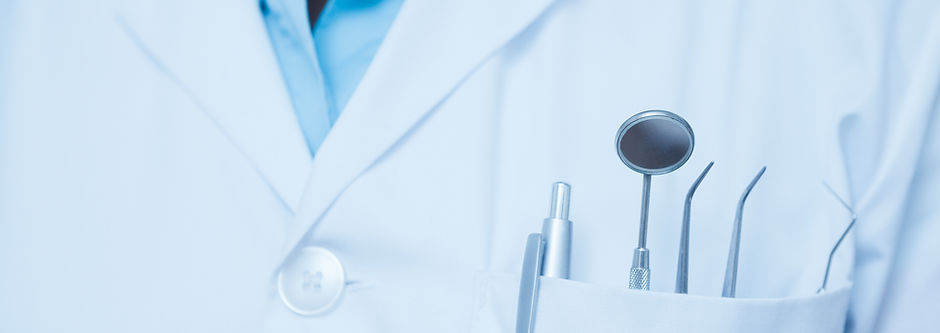What tools or lasers are used in gum lightening?
- dentalclinicdubai7
- Jul 11
- 3 min read
If you're looking to enhance your smile, you may have wondered what tools or lasers are used in gum lightening. Gum lightening—also known as Gum Depigmentation in Dubai—is a cosmetic dental procedure designed to reduce dark spots or melanin discoloration on the gums. While traditional methods like scalpel surgery or chemical peels are still used, laser gum lightening has quickly become the gold standard due to its precision, safety, and faster healing time. Understanding the equipment and technologies behind this treatment will help you make a more informed decision.
Common Lasers Used for Gum Lightening:
Laser technology has revolutionized cosmetic dentistry, especially in procedures like gum lightening. Different types of lasers are used depending on the clinic, the dentist’s preference, and the patient's needs.
Popular lasers used in gum depigmentation include:
Diode lasers – Compact and highly effective for soft-tissue treatments
Er:YAG lasers (Erbium:Yttrium-Aluminum-Garnet) – Offers excellent precision with minimal thermal damage
CO₂ lasers (Carbon Dioxide) – Known for deep tissue penetration and excellent coagulation
Nd:YAG lasers (Neodymium:YAG) – Effective for deeper pigmentation but requires more caution due to heat levels
Each laser type targets melanin-rich tissue differently but all aim to achieve uniform, pink, healthy-looking gums with minimal discomfort and downtime.
Key Tools Used Alongside Laser Devices:
In addition to the laser units themselves, a number of essential tools are used during the gum lightening procedure to ensure safety, precision, and comfort.
Common auxiliary tools include:
Protective eyewear for both patient and clinician to shield from laser beams
Soft-tissue retractors to keep the treatment area exposed
Cooling devices or air jets to reduce heat and improve patient comfort
Dental suction systems to keep the area dry and clear of debris
Topical anesthetics and gels to numb the gum surface before laser contact
These tools help create a safe environment and enhance the efficiency of the procedure, reducing risk and improving the outcome.
How Lasers Target Pigmented Gum Tissue?
Knowing what tools or lasers are used in gum lightening is only part of the picture—it’s also helpful to understand how these lasers actually remove pigmentation. Lasers work by delivering energy into the melanin-containing cells in the gum tissue, breaking them down so the body can eliminate them naturally.
Laser tissue interaction generally involves:
Selective absorption of laser light by melanin pigments
Thermal energy conversion that destroys unwanted pigmentation
Minimal bleeding as lasers cauterize blood vessels on contact
Stimulation of new tissue growth, revealing healthier pink gums
Precise removal of only affected areas, preserving surrounding tissue
This controlled approach ensures that only the darkened areas are treated, resulting in more even coloration and a natural look.
Benefits of Laser Tools Over Traditional Methods:
Laser technology offers numerous advantages over traditional scalpel or chemical Gum Depigmentation. The accuracy and safety of modern lasers make them the preferred choice for patients and dentists alike.
Why lasers are often better than traditional tools:
Less invasive, reducing the risk of complications
Faster healing time, often within 3–5 days
Minimal bleeding, swelling, or discomfort
No need for stitches or cutting
More predictable results with greater color uniformity
While traditional methods can still be effective, lasers provide a much smoother experience from start to finish, both during and after treatment.
Choosing the Right Tool for Your Needs:
Ultimately, your dentist will determine which laser or tool is most appropriate based on the level of pigmentation, your oral health, and your desired outcome. A consultation can help clarify what tools or lasers are used in gum lightening for your unique situation.
What your dentist may consider when selecting equipment:
Depth of pigmentation and how many layers need treatment
Gum sensitivity or any history of tissue issues
Patient comfort level and pain tolerance
Desired speed of healing and recovery
Clinic availability of advanced laser systems
Choosing a provider who is trained and experienced in multiple laser systems ensures you get the best possible outcome with minimal risk.









Comments